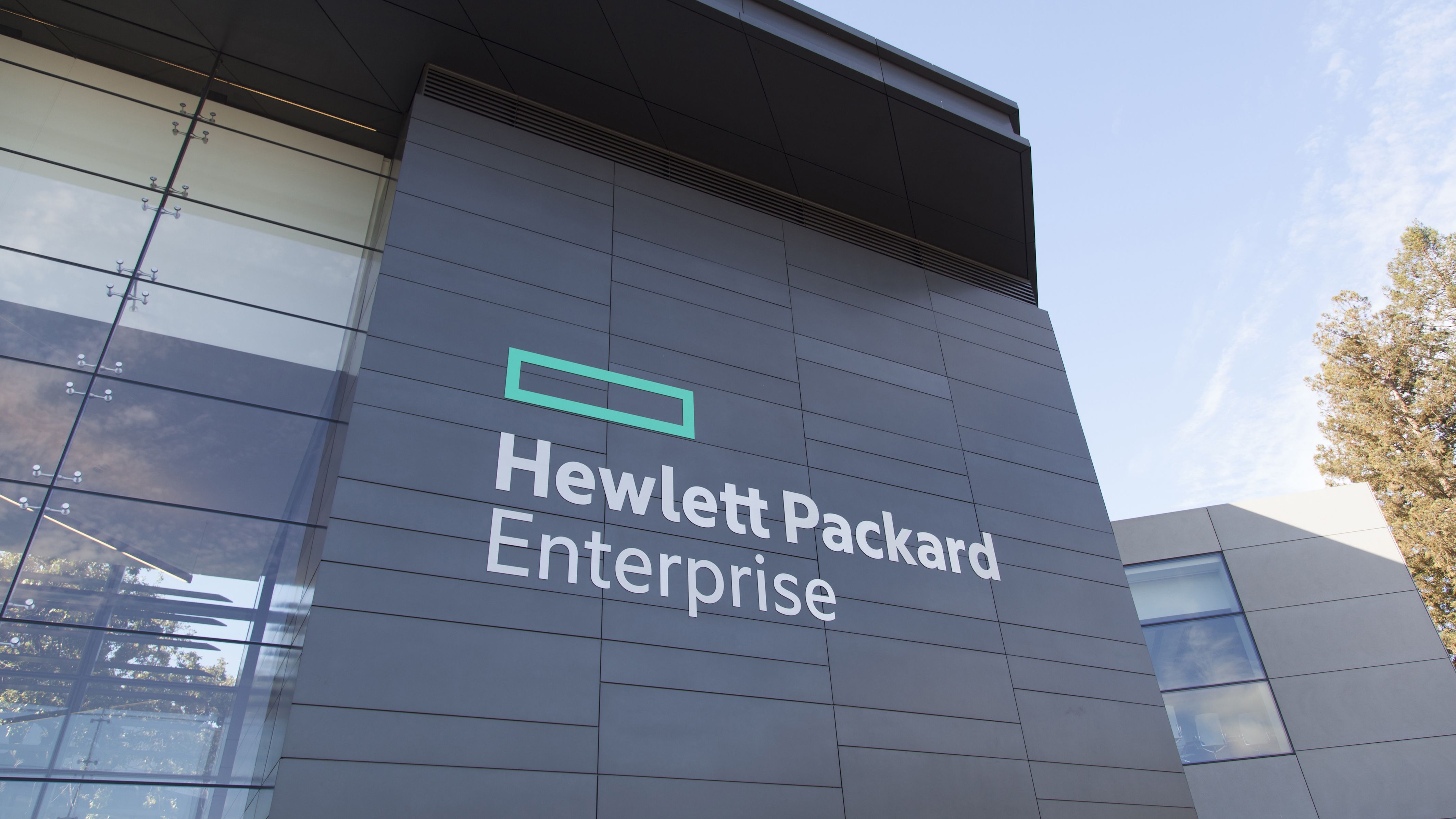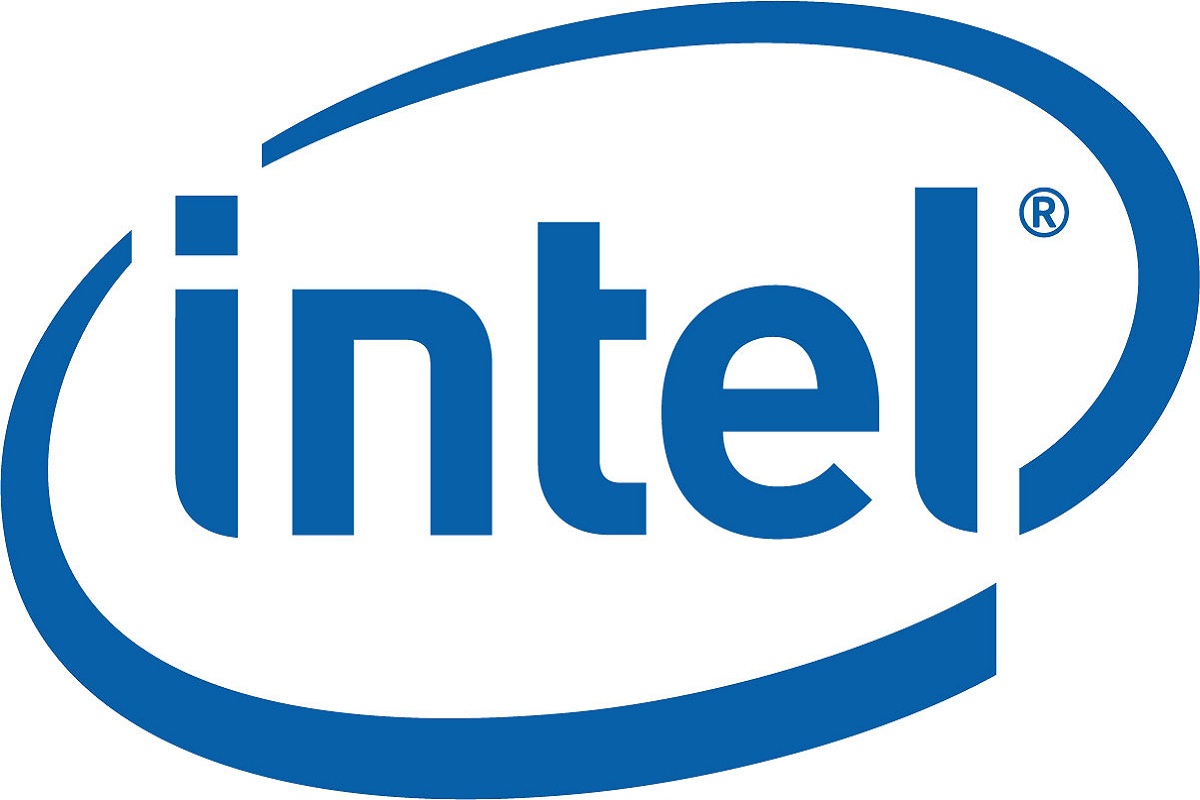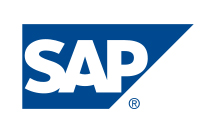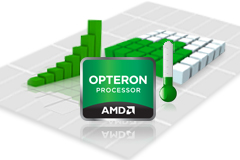HP launches new version of HP-UX 11i
Users of HP UX 11i v3 will see up to 30 per cent performance gains from existing applications running on current hardware without recompiling.

Making one of its most public shows of faith in Unix to date, HP has launched a major new release of its HP-UX operating system while reiterating its future commitment to the HP-UX platform despite growing sales of Linux-based servers.
HP-UX 11i v3, which begins shipping today, includes several operational and technology changes, despite having a name that suggests it is merely a point release. The new OS features several operational improvements for use in the data centre, including optimisation and deployment support for virtualisation platforms, improved hot-swap support for hardware components including memory, processors and I/O cards - allowing for direct replacement of faulty components without minimal or often no downtime.
The new version of HP-UX also allows administrators to dynamically move memory among virtual partitions on the fly, simplifying the process of managing and supporting systems running multiple virtual mission-critical instances. Grid computing processes allow virtualised instances to be distributed across disparate servers and data centres, and in the event of a complete or partial data centre failure, instances can be transferred on the fly to another data centre or box with available capacity without interruption to users and running applications.
However, the key change in the OS is the optimisation of the kernel, which can now deliver significant performance boosts to existing applications without having to recompile or make any code changes. Performance gains are claimed to be as high as 30 per cent, depending on the application, using your existing hardware when compared to HP UX 11i v2.
"There really is no need to recompile your applications to experience an improvement in operational performance, the new version is completely code-compatible with anything that currently runs properly on v2" said Nick van der Zweep, HP's director of virtualisation and utility computing.
"Applications will run 30 per cent faster on average, on existing hardware. We have also rewritten the mass storage stack to support 100 million zettabytes of storage on a single system" he added. With one zettabyte equal to one billion terabytes, this larger limit is unlikely to be pushed by a single user any time soon, but nonetheless illustrates the focus HP is placing on the need to manage and be able to address large volumes of both storage and processing power as companies continue to look at distributing data centre resources and improve use of spare capacity, on-demand processing resources and minimise wasted energy.
Other operational changes introduced in v3 include an overhauled patch management system. Servers running v3 can now take and run a snapshot of the system while patches are installed, reducing the number of reboots needed and ensuring servers can keep running in peak periods even while critical patches and updates are applied to the system.
Sign up today and you will receive a free copy of our Future Focus 2025 report - the leading guidance on AI, cybersecurity and other IT challenges as per 700+ senior executives
"We think we can get even more performance gains from the current code base through further optimisation and smart thinking about how we use the platform and applications on it" said van der Zweep.
HP is also shipping a revised version of HPjmeter Java monitoring and profiling tool for developers. HPjmeter 3.0 provides live views of application behaviour, root cause analysis and application behaviour modelling to help developers building Java based applications and processes for both HP-UX 11i v3 and older versions.
-
 AWS just quietly increased EC2 Capacity Block prices – here's what you need to know
AWS just quietly increased EC2 Capacity Block prices – here's what you need to knowNews The AWS price increases mean booking GPU capacity in advance just got more expensive
-
 Accenture acquires Faculty, poaches CEO in bid to drive client AI adoption
Accenture acquires Faculty, poaches CEO in bid to drive client AI adoptionNews The Faculty acquisition will help Accenture streamline AI adoption processes
-
 HPE launches ‘world’s first’ solar-powered supercomputer Hikari to solve Zika virus
HPE launches ‘world’s first’ solar-powered supercomputer Hikari to solve Zika virusNews Nearly a third of total power used by supercomputer supplied by renewable energy sources
-
 Intel confirms Altera purchase: What happens next?
Intel confirms Altera purchase: What happens next?Analysis The acquisition will enable Intel to integrate Altera's FPGA products to meet customers' IoT and data centre needs
-
 ARM unveils mbed OS for Internet of Things
ARM unveils mbed OS for Internet of ThingsNews Free OS could help developers speed up IoT products and devices, it is hoped
-
 AMD buys into cloud server market with SeaMicro
AMD buys into cloud server market with SeaMicroNews The acquisition of SeaMicro will give the chip manufacturer a clear entrance into the cloud.
-
 SAP splashes £2.18bn on SuccessFactors
SAP splashes £2.18bn on SuccessFactorsNews The firm boosts their business software with the inclusion of Human Capital Management.
-
 AMD launches 16-core chips for cloudy goodness
AMD launches 16-core chips for cloudy goodnessNews The 16-core chips should benefit cloud users looking for scalability and efficiency.
-
 Fujitsu returns to UK supercomputing
Fujitsu returns to UK supercomputingNews The HPC Wales project gets a boost as Fujitsu signs up to provide the initiative's distributed grid.
-
 SETI boosted by nVidia CUDA tech
SETI boosted by nVidia CUDA techNews Nvidia's latest CUDA powered graphics chips helping hunt aliens - in real-life rather than in games.